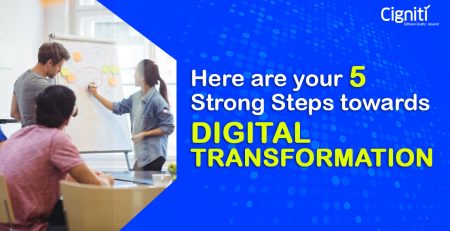Shift-left your focus to migrating your digital offerings
Technology support providers and in-house IT teams require a collaborative service model that includes both technology and the human component to thrive in a digital environment. “Shifting Left” solves these needs by bringing knowledge closer to clients through software delivery strategies. As firms turn to technology as a key conduit for satisfying customer expectations – without losing the personal touch – implementing this transformative approach will become vital.
Shifting Left strives to improve the customer experience by blending the accuracy and productivity of innovation with the intelligence of human knowledge and the warmth and customization of great customer care to find solutions or complete tasks with the maximum possible customer satisfaction.
By moving critical activities as early as possible in the development life cycle, shifting left aims to improve cost-effectiveness and quality.
This innovative method positions technology support providers to better fulfil the needs of new customers. Shifting Left aims to break down organizational silos, allowing suppliers and customers to solve problems and manage issues more rapidly and cost efficiently, resulting in value co-creation.
Digital transformation is disrupting technology support services: help desks have been replaced by automated response systems, chatbots have replaced call centers, and software is now utilized to evaluate businesses rather than just as a system of record. As digitalization progresses, businesses risk losing touch with their customers physically.
At the same time, personalization is becoming a differentiation point as clients seek higher-quality service. For many, this entails a higher level of human assistance, as well as technology that allows them to self-help when necessary.
The following trends in migrating digital offerings show the necessity for a Shift Left approach:
Improved and integrated services are required as a result of digital transformation.
Support services are also being impacted by technological advancements. The demand for support services has grown as hybrid IT has permitted the proliferation of vendors and platforms. This appears to contradict one of the most widely held beliefs about digital transformation: that it reduces the need for support. As ERP platforms move away from tightly integrated suites and toward more flexible, fit-for-purpose solutions, they demand complete, seamless support across a multivendor portfolio.
Achieving a balance between supplier efficiency and client resource requirements
Traditional technology support services, particularly those provided by significant incumbents in the technology industry, have a strong emphasis on automation and cost minimization, with professionals masked behind multiple layers of escalation. This results in large operating margins for technology providers – as high as 95% for certain business software firms – but it can also result in increased expenses and inefficiencies for customers who must assemble teams to manage self-service portals and unskilled help desk workers.
IT service providers will be best served by balancing digital investments such as AI-powered self-service that puts knowledge at the customer’s fingertips with individualized support from enabled and empowered professionals.
How Can Service Providers Adopt a Shift Left Strategy in the Most Effective Way?
Restructure the support system:
Service desks, help desks, hot lines, and other call centers will no longer serve as gatekeepers, but as enablers of services. The modern IT service desk serves as a link between the provider and the customer base. It acts as the user’s actual representation rather than a conduit for requests. A complete overhaul of the service model may be required after the right blend of digital technology and professional human touch has been discovered.
Create new customer service processes:
Shifting Left may result in three sets of processes: one for self-help, one for specialized expert services, and one for any pre-existing processes that don’t readily fit into the first two. Customers prefer a holistic view of all service demands regardless of channel or procedure; therefore, don’t let the individual processes get segregated.
The goal of software quality assurance (QA) is to achieve quality at every stage of the software lifecycle. Testing methods must develop as firms become more digital. A well-rounded product benefits from more testing, earlier testing, and broader testing. Even if it sells a tangible product, any company that wants to remain must consider the digital impression and connection it makes with its customers.
Conclusion
Incorporating testing into the application lifecycle process from the start and refining test cases based on user feedback are not only desirable but also necessary for organizations to ensure digital assurance.
Organizations have reimagined their business structures and consumer strategies as a result of the shift to digital-first. Traditional QA methods and infrastructure must be completely overhauled as part of a successful digital transformation strategy.
Cigniti’s Digital Assurance & Testing solutions handle the many facets of digital transformation while maintaining agility and customer centricity at their core. We test your complete digital value chain, including digital marketing, web portals, web content, digital assets, web analytics, and the full digital ecosystem, which includes cloud, mobility, big data, and connected devices.
Need help? Get in touch with our experienced team of digital assurance and testing experts for a smooth digital transformation.





Leave a Reply